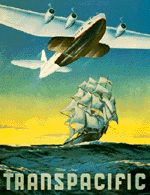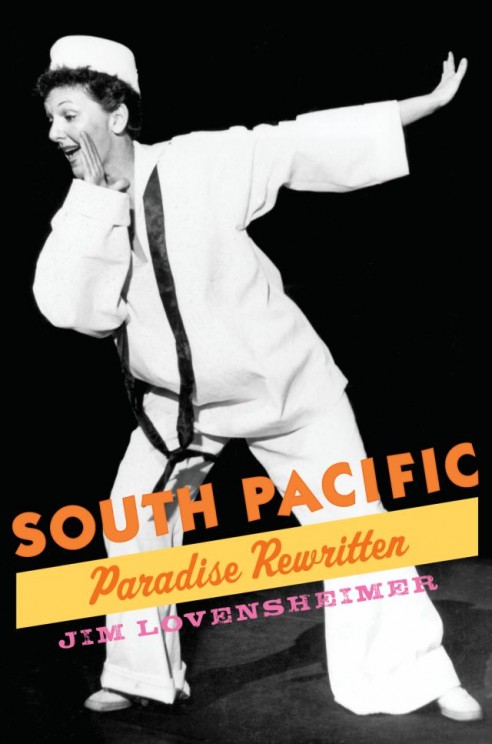This Day in World History
November 22, 1935
China Clipper makes first trans-Pacific flight
 Holding more than 110,000 pieces of mail, the mammoth plane that weighed more than 52,000 pounds and had a 130-foot wingspan lifted from the waters of San Francisco Bay. The plane, the China Clipper, was beginning the first flight across the Pacific Ocean on November 22, 1935—just eight years after Charles Lindbergh had flown alone across the Atlantic.
Holding more than 110,000 pieces of mail, the mammoth plane that weighed more than 52,000 pounds and had a 130-foot wingspan lifted from the waters of San Francisco Bay. The plane, the China Clipper, was beginning the first flight across the Pacific Ocean on November 22, 1935—just eight years after Charles Lindbergh had flown alone across the Atlantic.
Built by the Glenn Martin Company, the China Clipper was a giant seaplane, a design well-suited to its use. The plane had to be massive to carry powerful enough engines and enough fuel to cover the vast expanse of the Pacific. The size and weight meant the plane would need a large runway, uncommon in the 1930s when aviation was just beginning. A seaplane, though, could easily land on water.
Flying across the Pacific was the brainchild of Juan Trippe, president of Pan American Airways, the leading U.S. airline at the time. Trippe knew that even the largest, most powerful plane would not be able to cross the entire Pacific in one flight. He planned to make stops at Honolulu, Midway, Guam, and Wake islands before reaching the plane’s original destination at Manila, in the Philippines. He was there—along with Postmaster General James A. Farley—to send the plane off on its initial flight. Trippe meant the name clipper to evoke the romance of the fastest merchant ships of the days of sail, the clipper ships that for decades had carried on the China trade.
Pan Am added two other planes to its trans-Pacific fleet, the Hawaii Clipper and the Philippine Clipper. Trans-Pacific passenger service was inaugurated in 1936, and that same year the first trip to China took place. Later, the Martin seaplanes were replaced by even more powerful Boeing aircraft.
“This Day in World History” is brought to you by USA Higher Education.
You can subscribe to these posts via RSS or receive them by email.







